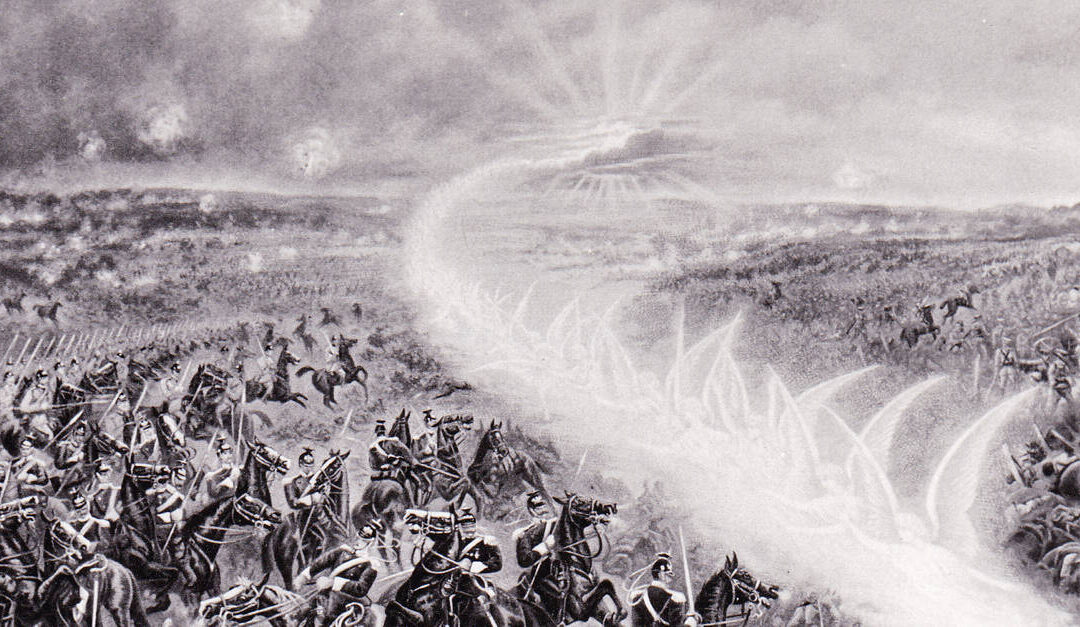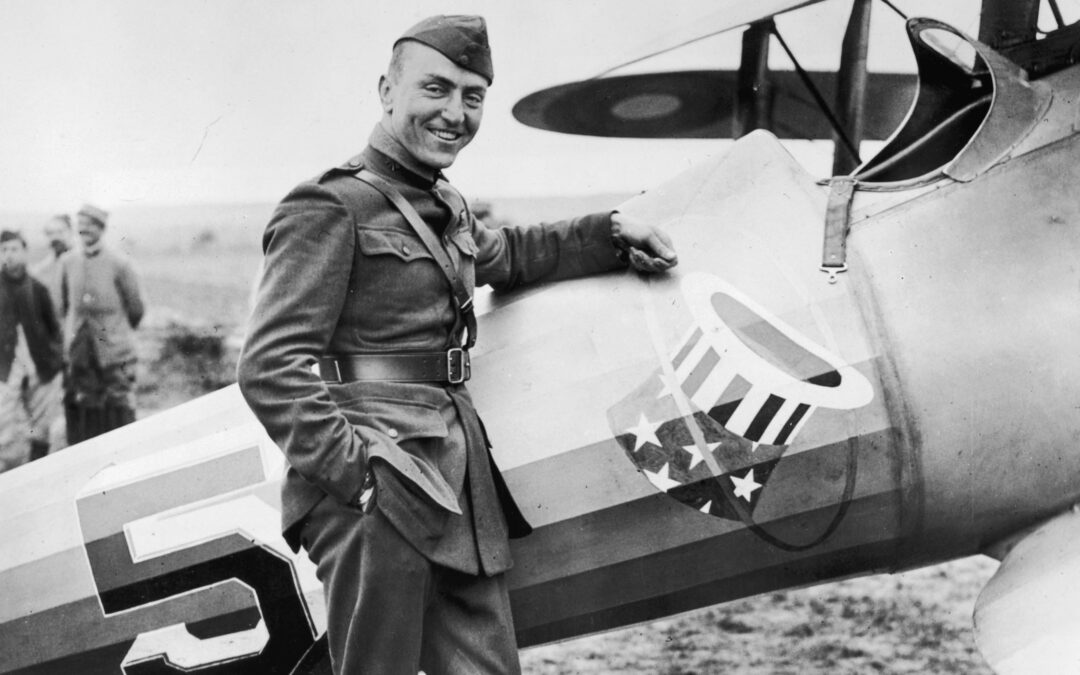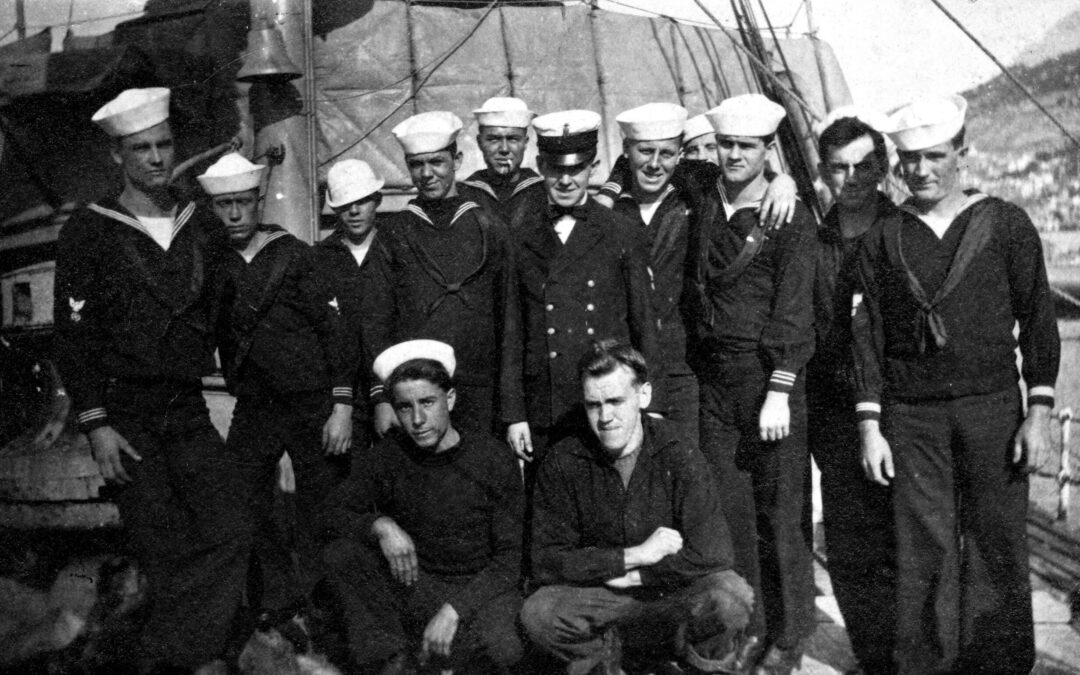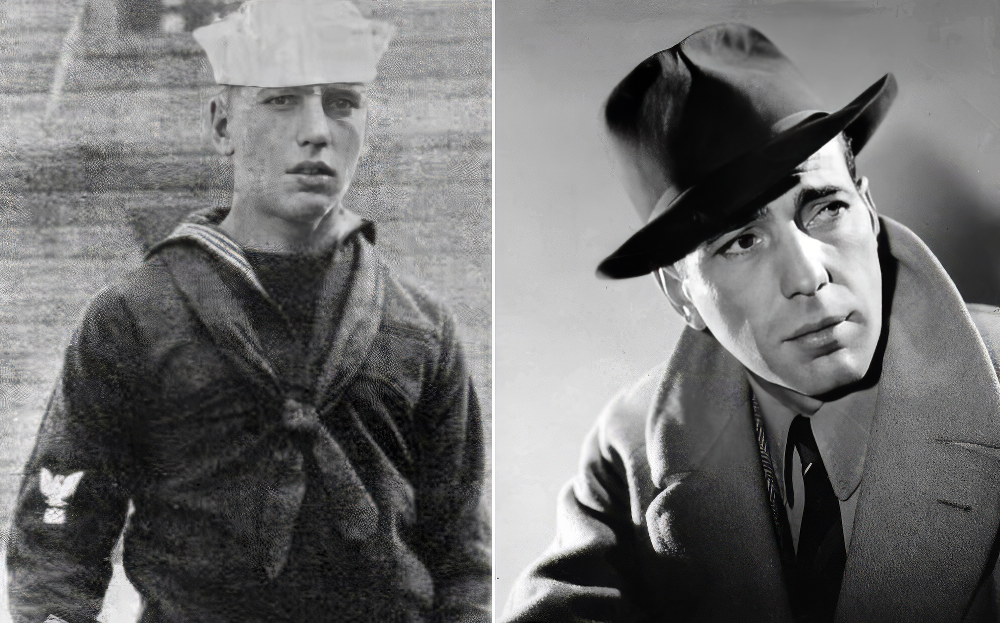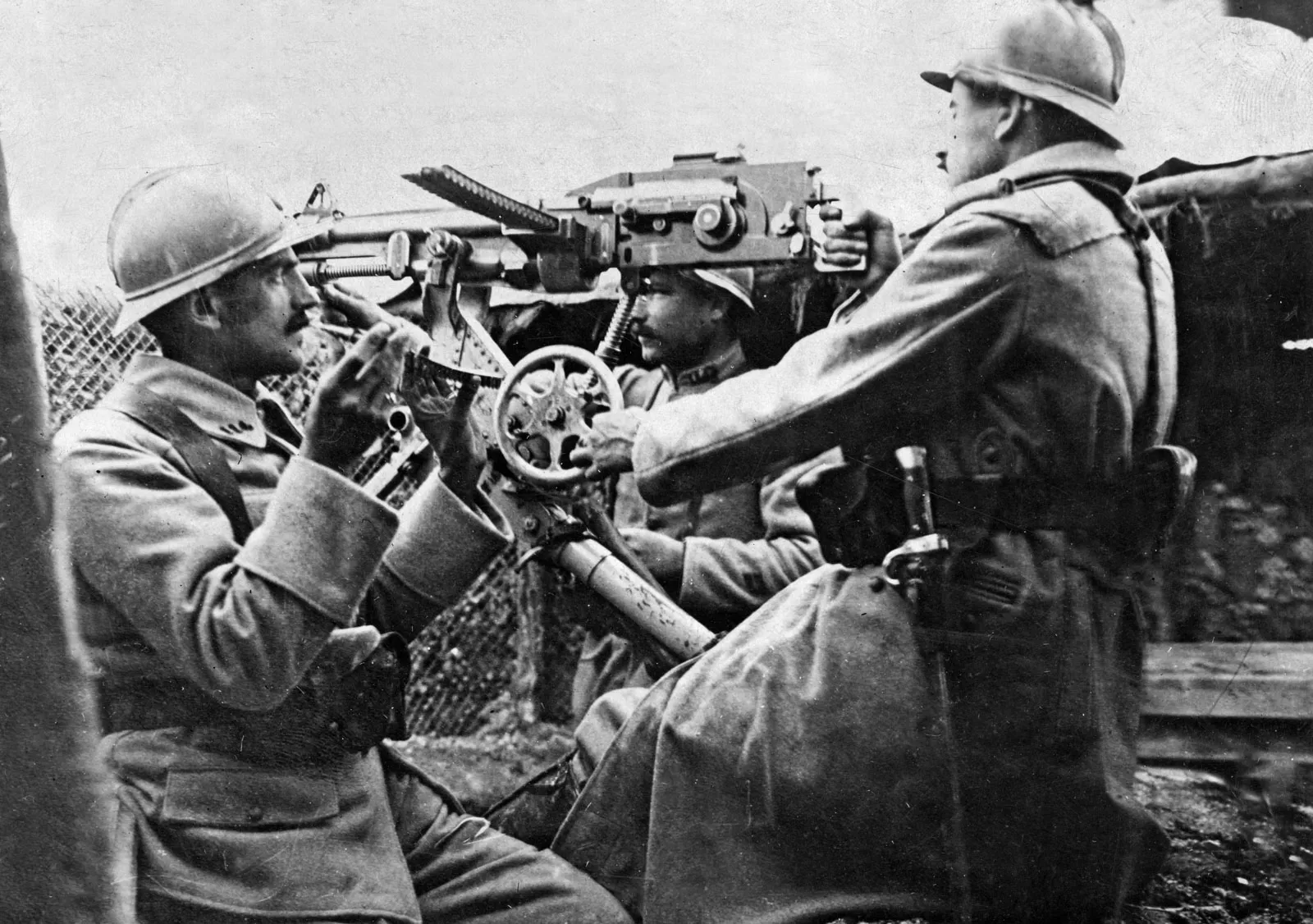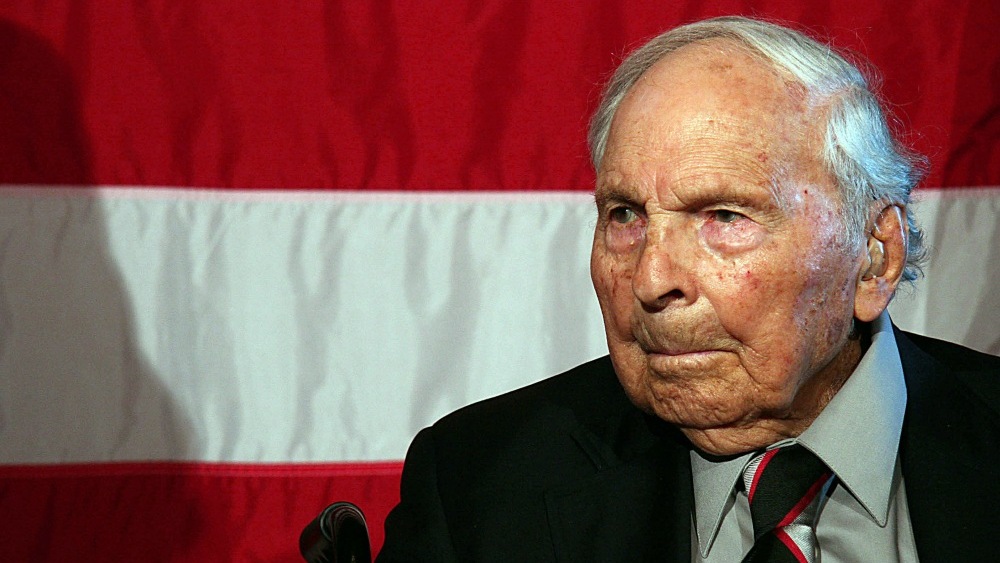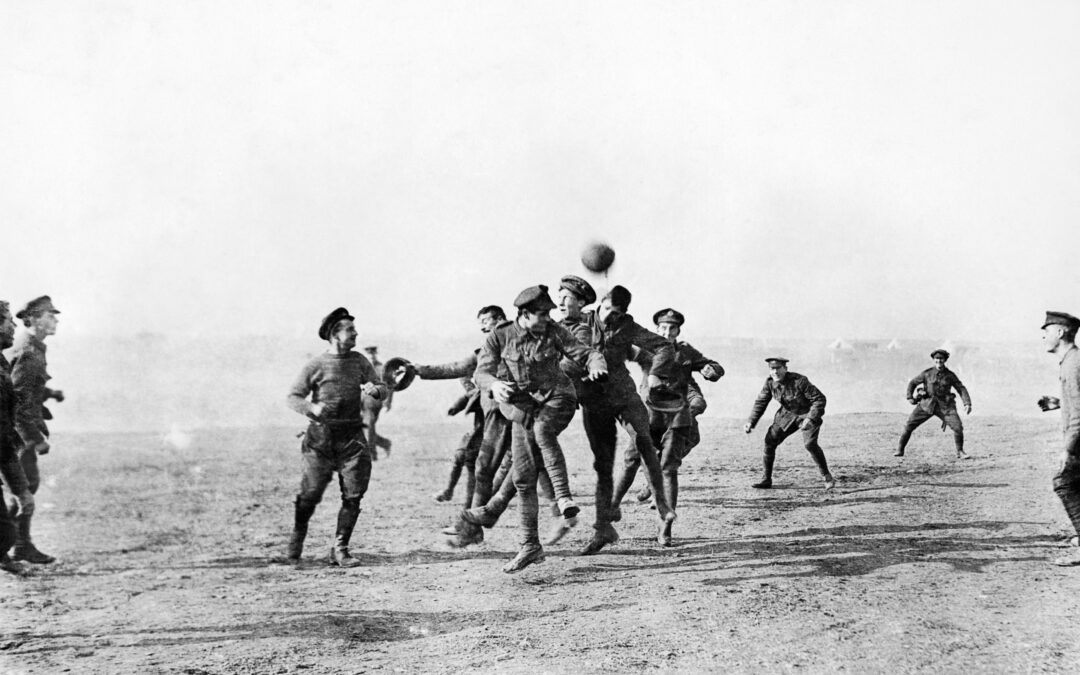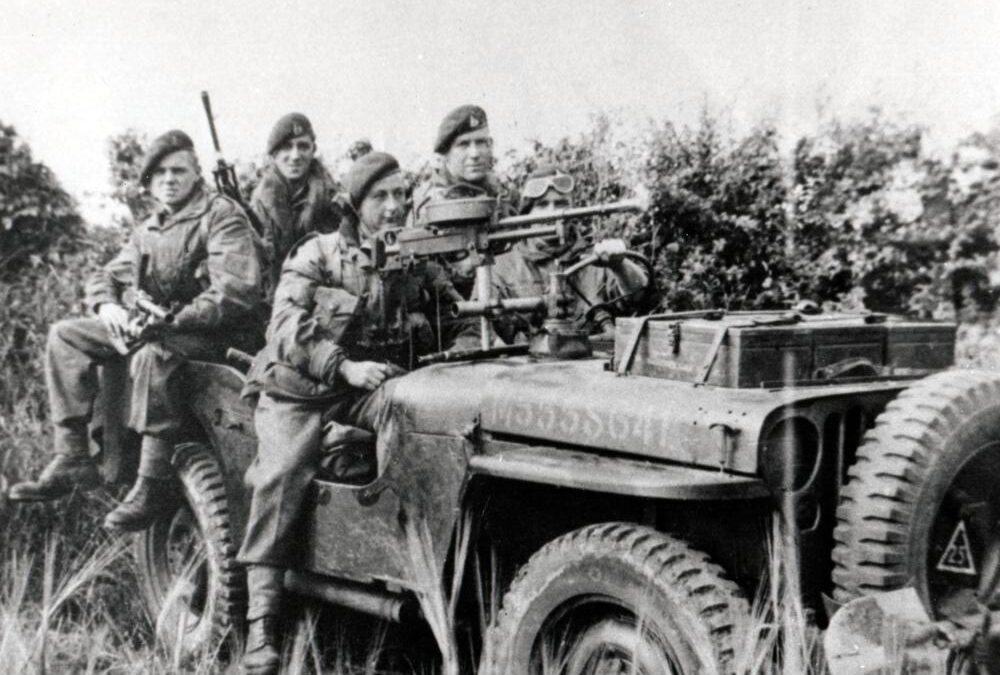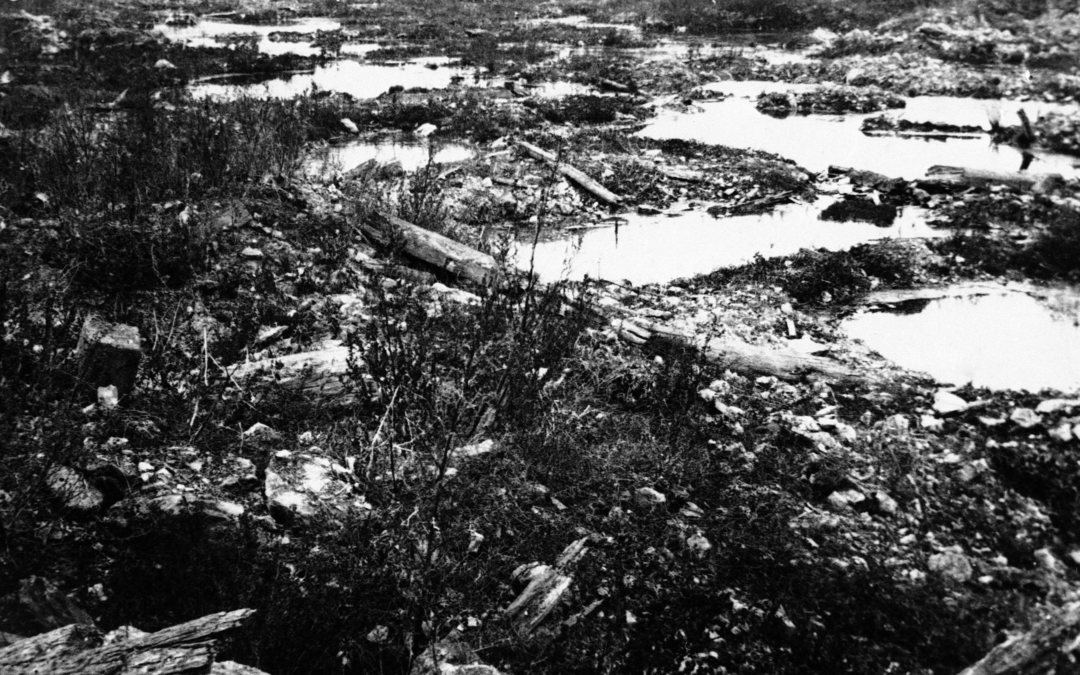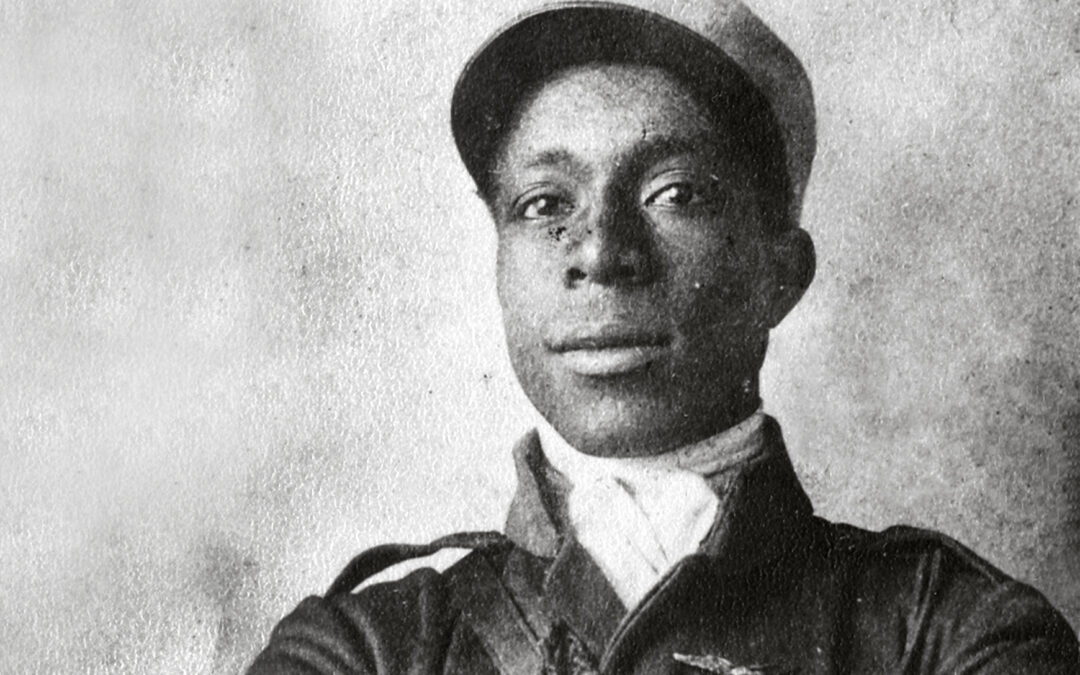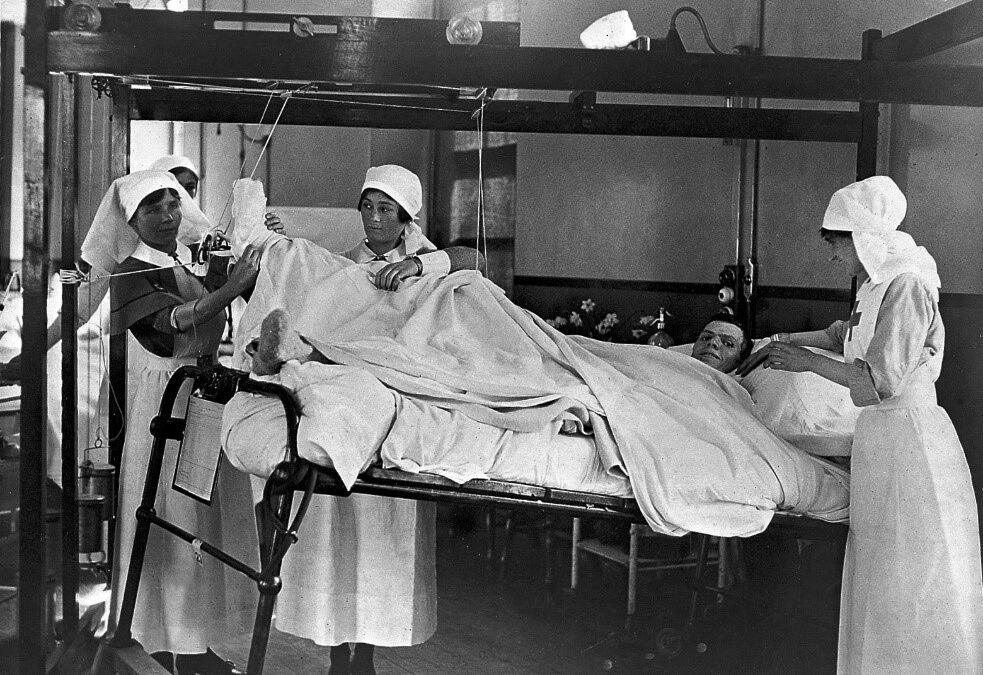The World War I Battle of Mons was famous for a number of notable firsts. It was the first test of the British Expeditionary Force (BEF), the first time Mons switched hands during the war, and probably the first time ghosts reinforced a living army to cover their retreat; ghosts who absolutely slaughtered the enemy – or so the legend goes. The First Battle of Mons took place on August 23, 1914, one of the earliest battles on the Western Front of World War I and the first time the British operated jointly with the French against the German invasion. The British were trying to protect the French left flank from an advance by the German 1st Army, and they held their ground well. For 48 hours, they fought outnumbered three to one, yet they inflicted an incredibly disproportionate number of casualties, with estimates as high as three German casualties for every British one. It was a good start to the war. It would have been a great start, but the French lines began to break, and the...
